How to drain coolant for a coolant flush
Steps to drain coolant for a coolant flush
Do a search for how to drain coolant and you’ll always see “open the radiator drain” as the first step. That’s the worst advice possible. No professional would ever drain coolant using the radiator drain. They always disconnect the lower radiator hose. Here’s why.
Radiator drains almost always leak or break
Modern radiators have an aluminum core with plastic tanks on top and bottom or both sides. The plastic is glass-filled nylon. With time and heat, the nylon becomes brittle and can crack. The radiator drain is no different. Worse yet, the radiator drain usually contains at least an O-ring or a rubber washer. Both harden over time and at high temperatures.
• Many radiator break as you try to open them
• Many radiator drain O-rings break as you open them
• Most old and brittle radiator drains leak when you close them
• Finding a replacement radiator drain will be frustrating. Plan on chasing from one auto parts store to another searching for a replacement radiator drain valve stem.
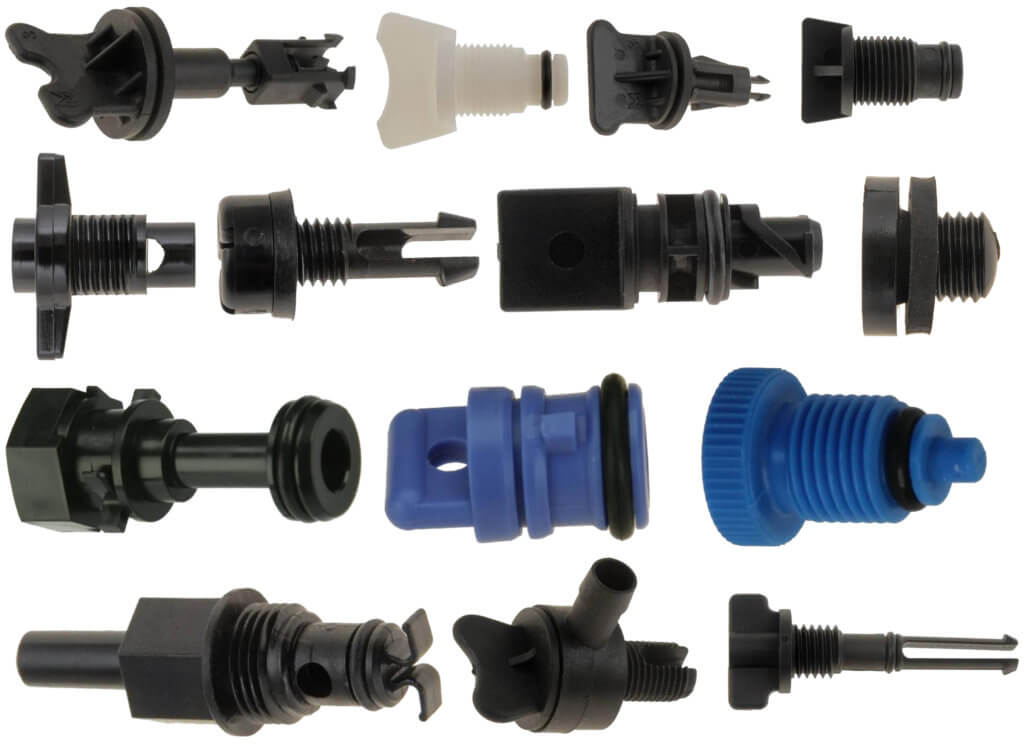
Examples of the many different types of radiator drain petcock styles. Good luck finding a replacement for yours when it breaks.
Trust me, you don’t want that kind of trouble when doing a coolant flush.
Emptying the radiator from the radiator drain takes forever
Take your pick, would you rather drain a few gallons of coolant from a ¼” diameter radiator drain opening or from a 2” opening? If you chose the 2” opening, skip the radiator drain and just remove the lower radiator hose clamp and hose. Within about 1-min, you’ll have drained both the radiator and the engine block.
How to remove the lower radiator hose
Determine which style hose clamp you have; constant-tension or set-tension.
Set-tension hose clamps
Set tension hose clamps are no longer used by carmakers because they don’t allow for expansion-contraction as well as constant tension style clamps. They worked fine when the radiator openings were metal. But plastic has a much higher expansion-contraction rate. If you use a set-tension clamp on a plastic radiator opening and tighten it, the tension can crack the radiator as it heats and expands. Never use a set-tension style clamp if you’re vehicle came equipped with a constant-tension style clamp.
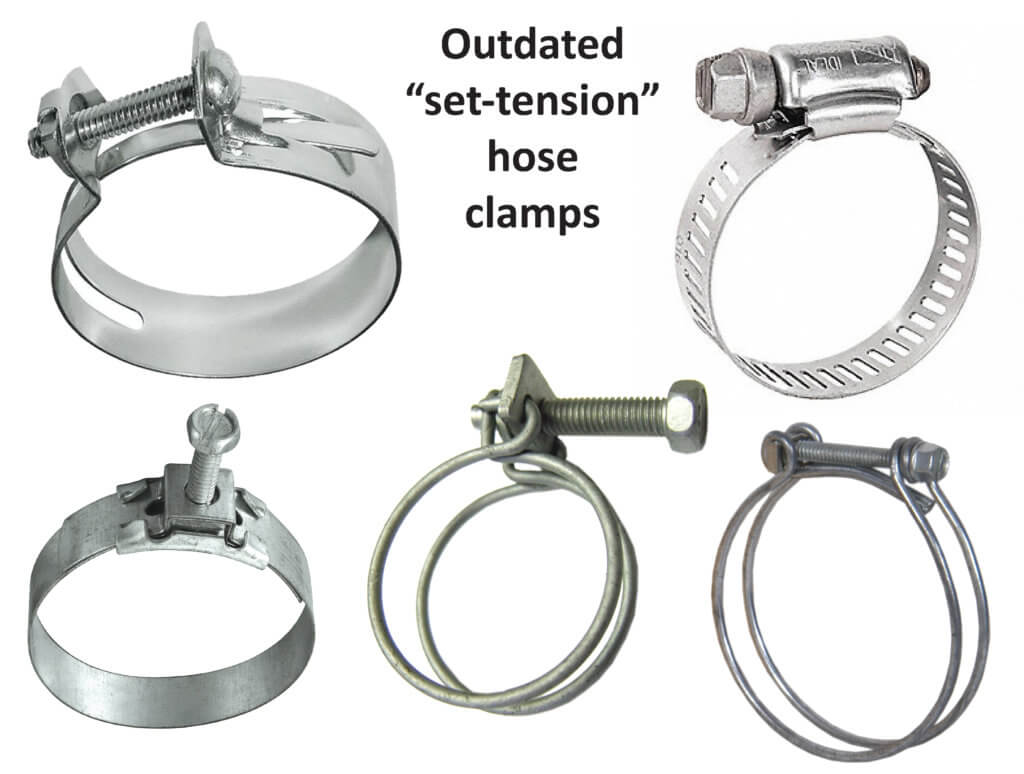
Examples of the many styles of “set-tension” style hose clamps
Constant tension style hose clamps
Also called spring clamps, these hose clamps allow for more expansion-contraction and reduce the chances of radiator opening breakage.
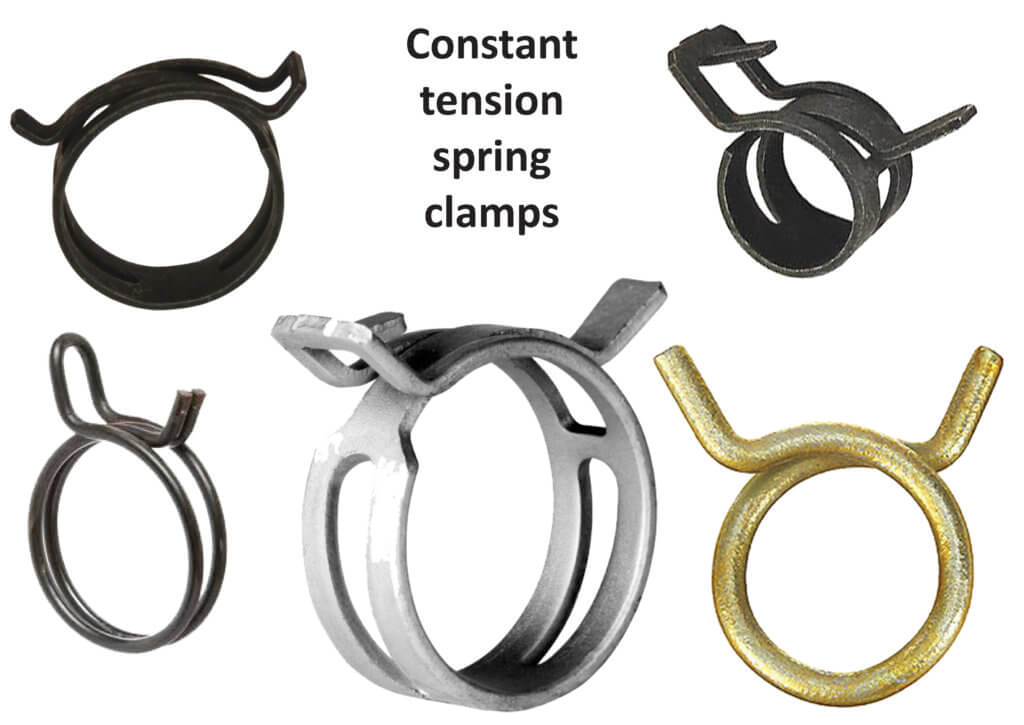
Examples of the many styles of constant-tension hose clamps
Constant tension hose clamps often require a special tool to remove and install
You can sometimes remove and install a constant tension hose clamp with ordinary pliers. But many times the clamp ears will simply slip off. That’s when you’ll need a tool designed specifically for these clamps. They come in two varieties: pliers and remove clamping.
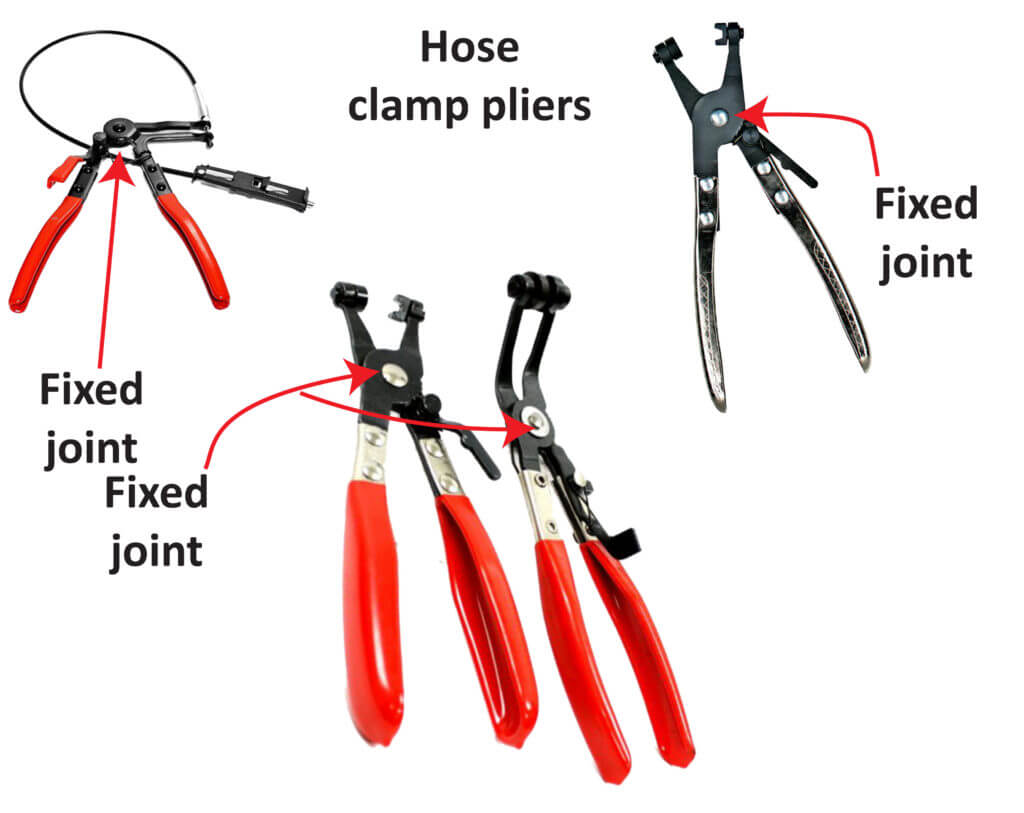
Examples of constant tension clamp removal tools
Have a large drain pan ready as you remove the lower radiator hose
Coolant will gush out of the radiator and hose, so have a large drain pan in place to catch all the coolant.
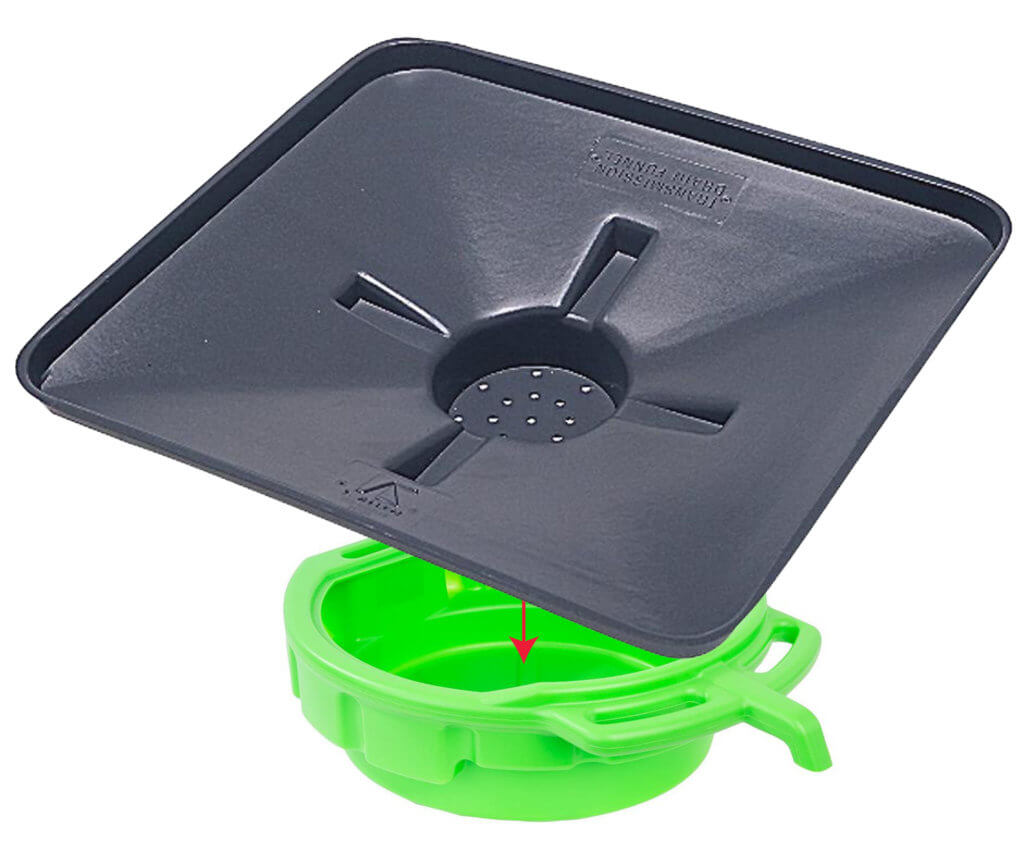
coolant drain pan setup
©, 2021 Rick Muscoplat
Posted on by Rick Muscoplat
